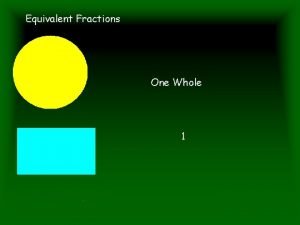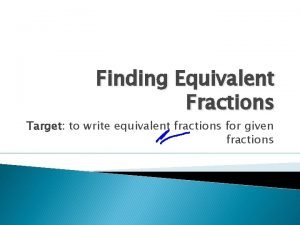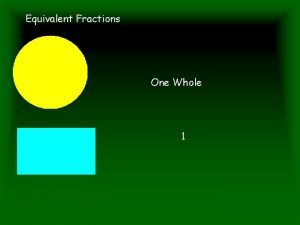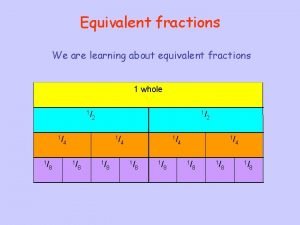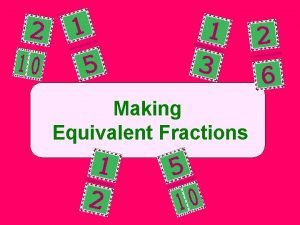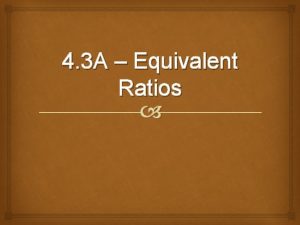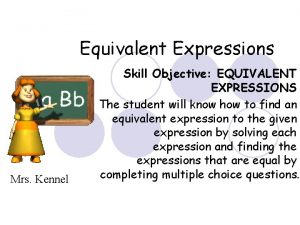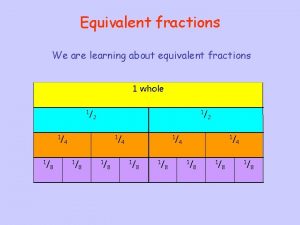Regional Analysis Regions Regions are the equivalent of











- Slides: 11

Regional Analysis

Regions Regions are the equivalent of scientific classification for geographers Regions are determined through the cultural landscape Three types of regions: ◦ Formal ◦ Functional (nodal) ◦ Perceptual Regional studies: each region has its own distinctive landscape that results from a unique combination of social relationships and physical processes. ◦ important to the principle: people are the most important agents of change of Earth’s surface

Formal Regions Formal regions help explain broad global or national patterns such as variations in religions and levels of economic development. ØAlso a uniform or homogenous region. Shares one or more distinctive characteristics Ø Could be cultural, economic, environmental ØExample: Montana ØHas recognized boundaries and shares a common set of laws

Functional Regions nodal region is organized around a node or focal point. Used to display information about economic areas Example: circulation of a newspaper

Formal and Functional Regions The state of Iowa is an example of a formal region; the areas of influence of various television stations are examples of functional regions.

Perceptual/Vernacular region vernacular region is a place that people believe exists as part of their cultural identity. ◦ Example: the “south” How do you know you are in the south? -driving from New York down I-95 -waffle house? -grits? -sweet tea?

Vernacular Regions A number of factors are often used to define the South as a vernacular region, each of which identifies somewhat different boundaries.

Regionalization Regionalism ◦ Used to describe situations in which different religious or ethnic groups with distinctive identities coexist within the same state boundaries, often concentrated within a particular region and sharing strong feelings of collective identity. Often ethnic groups who aims for autonomy from a national state Ex. Serbs in Croatia Sectionalism ◦ Feelings that develop into an extreme devotion to regional interests and customs Irredentism ◦ Assertion by the government of a country that a minority living outside its formal border belongs to it historically and culturally. Often leads to war Ex. Serbs in Croatia

Landscapes Ordinary Landscapes ◦ Vernacular landscapes ◦ Everyday landscapes that people create in the course of their lives together Symbolic Landscapes ◦ Represent particular values or aspirations that builders and financiers want to impart to a larger public Ex. Washington, D. C. Some landscapes become powerful sense of national identity Ex. West Irelend Landscapes reflect people’s dreams and ideas as well as their material lives ◦ Messages embedded in the landscape can be read as signs about values, beliefs, and practices ◦ One task of geographers is to interpret the meaning of landscapes

Sense of Place Refers to the feelings evoked among people as a result of the experiences and memories they associate with a place and to the symbolism they attach to that place. Can also refer to the character of a place as seen by outsiders For insiders: ◦ Sense of place develops through shared dress codes, speech patterns, and public comportment. ◦ Intersubjectivity Shared meanings that are derived from everyday practice ◦ For outsiders: A sense of place can be evoked only if local landmarks, ways of life, etc. are distinctive enough to evoke a significant common meaning for people who have no direct experience of them

Geographical Imagination Allows us to understand changing patterns, processes, and relationships among people, places, and regions ◦ Examples: Industrial Revolution Introduction of the Railroad












